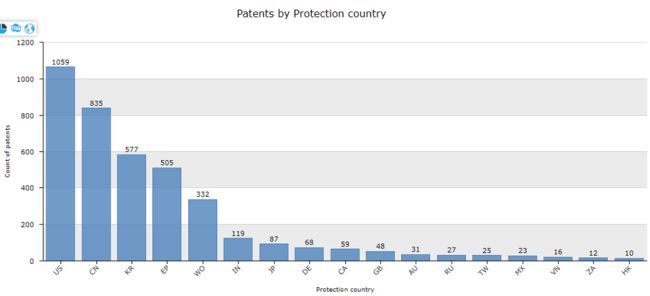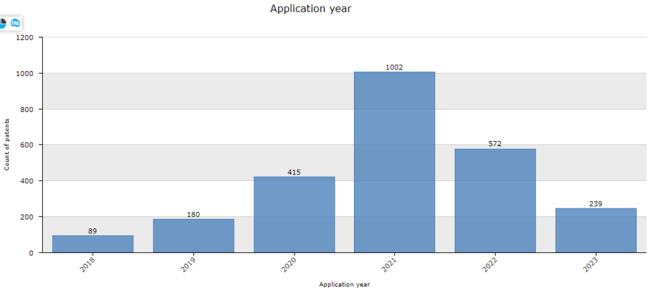Rashmika Mandanna. Volodymyr Zelenskyy. Morgan Freeman. Donald Trump. Politics. Celebrities. War. Terror. Pornography. Where does the buck stop? Can it be controlled/ regulated, if not stopped? These are probably the most common questions surrounding deepfakes in the last few weeks. While the concept and existence of deepfakes is hardly new, the recent furore over the damage which can be caused by deepfakes was inevitable in this day and age, especially with the coming elections in major economies like the United States of America and India, the ongoing conflict in Palestine and Israel, the never-ending conflict in Ukraine, etc.
While there are indeed governmental regulations being put in place in India to tackle this ever growing issue (as covered in our article accessible here), and there have been notable attempts by the Ministry of Electronics and Information Technology (MeitY) to crackdown on the same (as covered in our article accessible here), the focus is now being shifted to how deepfakes can be detected and what can realistically be done by platforms (especially social media), which are the most popular and effective way of disseminating deepfakes. Of late, quite a few leading tech companies have released statements about what is being done to move in this direction, in addition to laying down seemingly reasonable expectations for regulating the dissemination of deepfakes. For instance, as reported by the Economic Times (ET) on December 01:
- Google and Meta, are likely to take more time to develop tools to accurately detect and take down deepfake and synthetic content;
- Dependency on manual flagging of such content, and virality and traction of such content;
- Google recently announcing that it will allow users to request the removal of AI-generated or other synthetic or altered content that simulates an identifiable individual; etc.
The main takeaway from such statements is the requirement of time, as well as dependency on manual flagging and traction. As such, these statements do not instil much confidence regarding whether there are active methods under development or already in existence, to regulate deepfakes on social media.
Digging Deep – Looking Beyond The Obvious
Therefore, it is important to look beyond the obvious being reported in social media and news platforms and the best way to examine this conundrum is to monitor the actual scientific developments in this direction. One of the best ways to get a better picture regarding solutions to the deepfake question, is to analyse patents.
As a whole, there have been a significant number of patents filed worldwide till date, which prima facie encompass elements related to deepfakes (based on a search for keywords such as 'Deepfake', 'Synthetic media', 'Face Swapping', 'Neural D Network', '4D Manipulation', 'Digital D impersonation', Facial D Re-enactment, etc. on publicly available databases). A study in this regard reveals that the USA, China and Korea are the world leaders in such patents. For instance, till date, at least 1059 such patents have been filed in the USA:

The above graph reveals that patents with respect to inventions which may encompass deepfakes are being filed in a large number of countries.
In addition to the above, the trend in patent filings with respect to such inventions seem to correspond with the rise in controversies regarding deepfakes which ballooned in 2021-2022, with events such as the COVID-19 pandemic, introduction of a bill in the USA to inter alia, counter deepfakes (National Deepfake and Digital Provenance Task Force), the attack on the US Capitol, etc. As such, there was an exponential rise in patent filings for inventions which may encompass deepfakes in 2021-2022:

Further, as per a brief study of a few such patent applications relating to deepfake technology, it has been observed that they in general they cover three main aspects:
i. Algorithms for detection of deepfakes;
ii. Deepfake attack prevention methodologies; and
iii. Deepfake forensic analysis.
The Fight Against Deepfakes – Indian Contribution
Even though India only features as number 6 globally when it comes to filing of patents with respect to inventions which may encompass deepfakes, the number of patents filed (i.e. 119) is certainly not insignificant. In fact, leading Indian companies and universities (in addition to other applicants) have been filing patent applications in this domain in India, including but not limited to:
| App. Number & Date | Title | Applicant |
| 202311050757
27-July-2023 |
System and method to detect and prevent deepfake attacks. | 1 . Chitkara University
2 . Bluest Mettle Solutions Private Limited |
| 202311038869
06-Jun-2023 |
System to identify and mitigate deepfakes in video and audio frames. | Chitkara University
2 . Bluest Mettle Solutions Private Limited |
| 202211049476
30-Aug-2022 |
System, apparatus and method to detect deepfakes. | Indian Institute of Technology Jodhpur |
| 202321014395
03-Mar-2023 |
Classification of deepfake images using a time distributed CNN and LSTM. | 1 . Usha Prashant Kosqrkar
2 . Gopal Sakarkar |
| 202111047755
20-Oct-2021 |
Deep learning model to detect the suspected videos or images using deepfakes technique. | 1 . Jagdish Chandra Patni
2 . Ritu Pal 3 . Harendra Sharma 4 . Mukesh Pathela 5 . Om Prakash Pal 6 . Aman Prasad |
The Road Ahead
While it is undoubtedly true that deepfakes are enjoying a renaissance in the last 2-3 years, and especially this year with various political and military developments, the world of technology also appears to be trying to keep-up and innovate, to counter this resurgence.
In addition to the markers of upcoming technological innovation vis-à-vis detecting and countering deepfakes, over the recent years tech giants like Intel have also come up with software/ tools. Thus, the near future may not be bleak when it comes to detecting and regulating deepfakes!
This article was first published on Bar & Bench- here
Swaraj Raghuwanshi, Senior Associate (Patents) has assisted in the research of this Article.
For further information please contact at S.S Rana & Co. email: info@ssrana.in or call at (+91- 11 4012 3000). Our website can be accessed at www.ssrana.in
The content of this article is intended to provide a general guide to the subject matter. Specialist advice should be sought about your specific circumstances.

